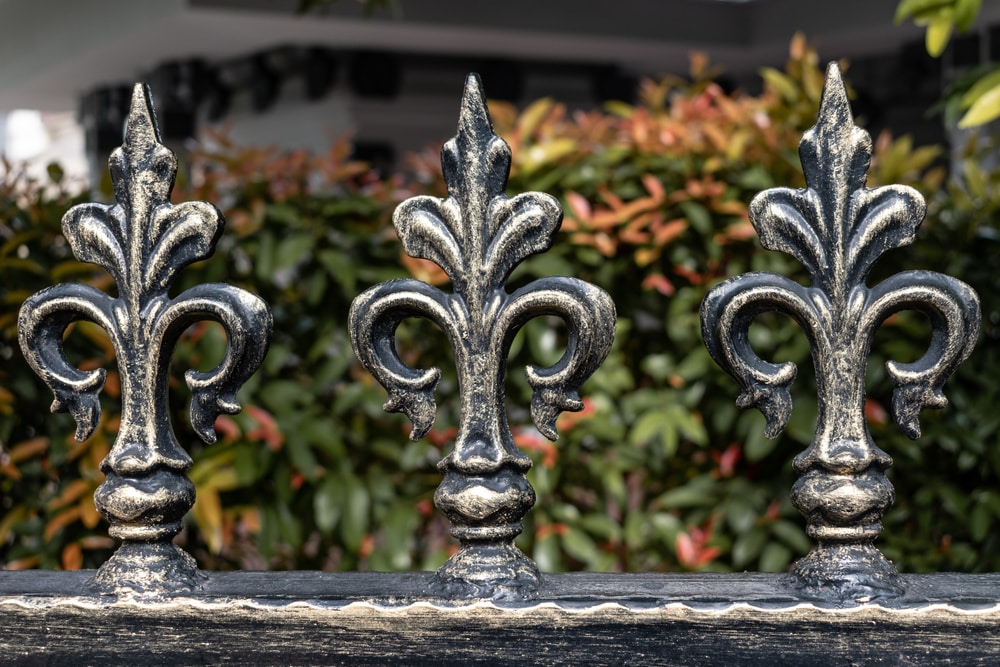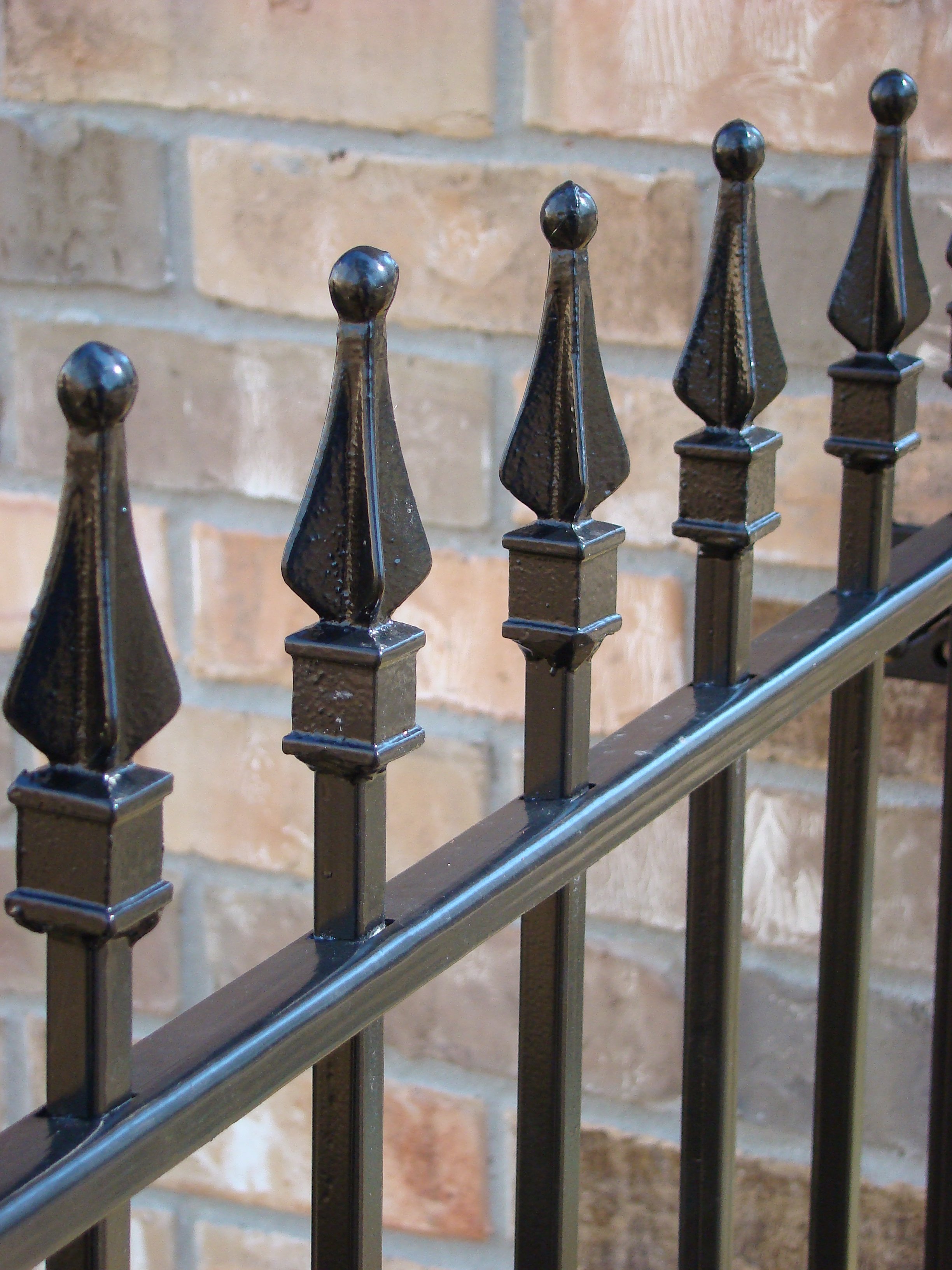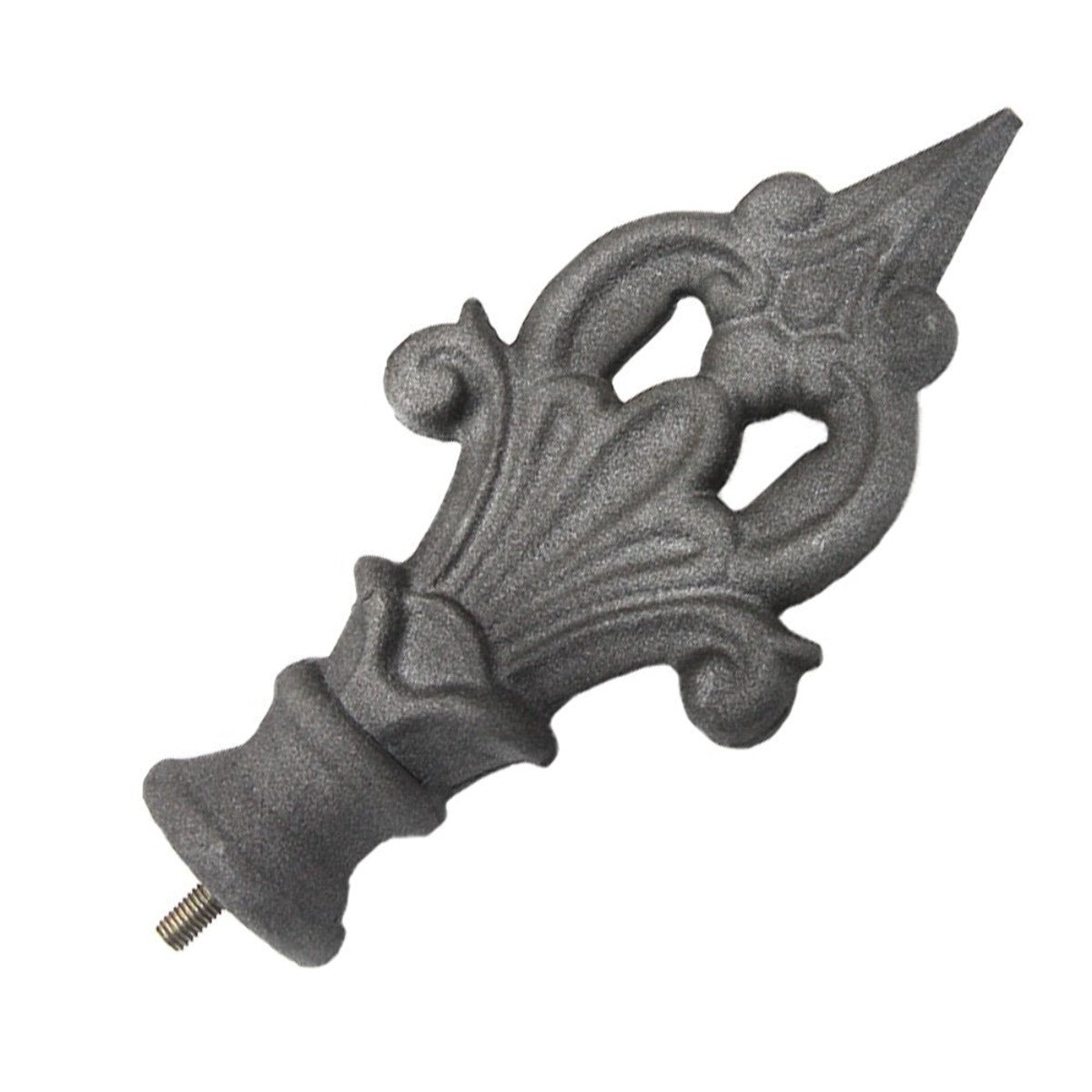Introduction
As someone who has spent years in the field of home design and architecture, I have often found myself enchanted by the small details that elevate a structure from ordinary to extraordinary. One such detail is the simple yet striking decorative metal finial. These architectural ornaments are not only aesthetically appealing but also serve functional purposes. In this comprehensive article, we will delve deep into the significance, types, uses, and maintenance of decorative metal finials.
What is a Decorative Metal Finial?
A decorative metal finial is an ornate piece of metalwork that often crowns a structure, such as a roof, steeple, or fence. The term “finial” comes from the Latin word “finis,” meaning “end” or “ultimate.” These pieces often symbolize completion and serve as a crowning touch to various architectural elements.
The History of Finials
Ancient Origins
Finials date back to ancient civilizations, where they adorned temples and palaces, signifying wealth and power. In Europe, finials became popular during the Gothic and Renaissance periods, particularly in the construction of churches and castles.
Modern Relevance
Today, decorative metal finials have evolved to fit various architectural styles, from traditional to contemporary. They are commonly seen in residential homes, commercial buildings, and even garden structures.
Types of Decorative Metal Finials
Material Choices
Finials can be crafted from various materials, each offering unique benefits:
- Aluminum: Lightweight and resistant to rust.
- Iron: Durable and often used in traditional designs.
- Brass: Offers a warm, golden hue and can develop patina over time.
- Stainless Steel: Provides a modern look with high durability.
Design Styles
There is a wide array of decorative styles for finials:
- Classic: Features traditional shapes and ornate designs.
- Modern: Simplistic and clean lines.
- Nature-Inspired: Incorporates elements from the natural world, such as leaves or animals.
- Abstract: Unique shapes that challenge conventional design.

Comparative Analysis: Finial Materials
| Material | Pros | Cons |
|---|---|---|
| Aluminum | Lightweight, rust-resistant, cost-effective | Less durable than iron |
| Iron | Highly durable, classic look | Rusts if not properly treated |
| Brass | Elegant appearance, develops a beautiful patina | Can tarnish and requires maintenance |
| Stainless Steel | Modern, highly durable, resistant to corrosion | Can be expensive compared to other materials |
Applications of Decorative Metal Finials
Architectural Significance
Finials are often used in:
- Roof Crowns
- Gate Posts
- Fences
- Balustrades

Landscaping Usage
In gardens and landscapes, finials can serve as focal points or decorative elements on structures like:
- Gazebos
- Pergolas
- Garden Trellises
Choosing the Right Finial for Your Project
Considerations to Keep in Mind
When selecting a decorative metal finial, consider the following factors:
- Style: Choose a design that complements the overall aesthetic of the building.
- Material: Pick a material that suits the climate and environment.
- Size: Ensure that the finial is proportionate to the structure it will adorn.

Installation Tips
Proper installation of a finial is crucial. Here are some tips based on my experience:
- Ensure a sturdy base to support the finial.
- Use corrosion-resistant fasteners for durability.
- Consider hiring a professional for complex installations.
Maintenance of Decorative Metal Finials
To keep your finial looking its best, regular maintenance is essential:
Cleaning
Use a soft cloth and mild soap solution to clean the finial. Avoid harsh chemicals that may damage the finish.
Inspection
Regularly inspect for signs of rust or damage. Prompt repairs can extend the lifespan of your finial significantly.

Protective Coatings
Applying a protective coating can help prevent rust and extend the life of your finial. For example, a clear sealant can be applied to iron and aluminum finials to protect against the elements.
Pros and Cons of Decorative Metal Finials
Advantages
- Enhances the architectural appeal of a structure.
- Available in various styles and materials.
- Symbolizes completion and adds character.

Disadvantages
- Potential for rust and corrosion, especially in humid environments.
- Maintenance required to keep them looking new.
- Can be costly depending on the material and design.
Conclusion
Decorative metal finials serve as both functional and aesthetic elements in architecture and landscaping. Whether you’re looking to crown a new building or add a touch of elegance to your garden, these ornaments can enhance the beauty and character of your space. With a myriad of styles, materials, and designs available, the perfect finial is out there waiting for you. In my experience, incorporating decorative elements like finials can transform a structure from mundane to magnificent. So why not consider adding one to your next project?

FAQs About Decorative Metal Finials
What are decorative metal finials made of?
Decorative metal finials can be made from various materials including aluminum, iron, brass, and stainless steel, each offering different aesthetic and durability benefits.
How do I install a decorative metal finial?
Installation typically involves securing the finial to a sturdy base using corrosion-resistant fasteners. For complex installations, it’s advisable to hire a professional.
Are decorative metal finials weather-resistant?
Many finials are designed to be weather-resistant, especially those made from aluminum and stainless steel. However, regular maintenance is crucial to prevent rust and damage.
Can I customize a decorative metal finial?
Yes, many manufacturers offer customization options for decorative metal finials, allowing you to choose the material, size, and design to fit your specific needs.
How often should I clean my finial?
It’s advisable to clean your decorative metal finial at least once a year to keep it looking its best. However, cleaning may be necessary more frequently in areas with harsh weather conditions.